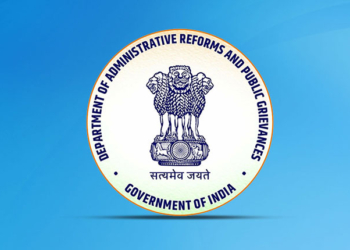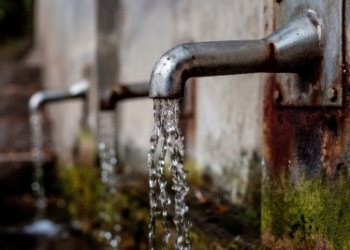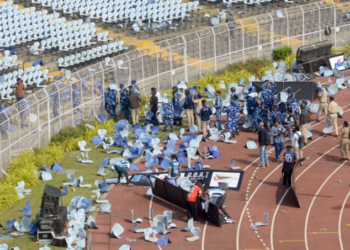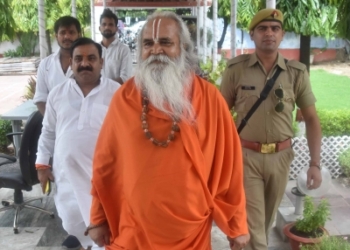New Delhi: The Air Quality Index (AQI) plummeted to the ‘very poor’ category in the national capital on Monday.
According to the Central Pollution Control Board (CPCB) data, the 24-hour average AQI at 7:15 a.m. in Delhi was recorded at 307, which falls in the ‘very poor’ category.
In most of the areas of the national capital, the AQI level remained in the ‘very poor’ category with Anand Vihar being worst at 367.
The AQI in Alipur was recorded at 314, in Ashok Vihar it was 331, Aya Nagar (316), Bawana (358), Burari Crossing (352), Dwarka Sector 8 (324), Jahangirpuri (345), Major Dhyanchand Stadium (308), Mandir Marg (306), Mundka (332), Narela (321), Nehru Nagar (329), North Camp DU (313), Patparganj (308), Punjabi Bagh (330), RK Puram (343), Rohini (344), Shadipur (314), Wazirpur (350), Vivek Vihar (320), Sonia Vihar (335), and at Siri Fort, the AQI levels were at 306.
An AQI between zero and 50 is considered “good”, 51 and 100 “satisfactory”, 101 and 200 “moderate”, 201 and 300 “poor”, 301 and 400 “very poor”, and 401 and 500 “severe”.
The Delhi government has recently formed a coordination committee to address rising pollution levels at 13 hotspots in the national capital.
The committee reportedly started its on-ground work on Saturday, identifying local pollution sources in these critical areas. The 13 pollution hotspots are — Narela, Bawana, Mundka, Wazirpur, Rohini, RK Puram, Okhla, Jahangirpuri, Anand Vihar, Punjabi Bagh, Mayapuri, and Dwarka Sector 8.
Speaking to IANS, Delhi Environment Minister Gopal Rai expressed concern over the health risks posed by the increasing pollution and emphasised the need to address the local sources of pollution urgently.
Delhi government has already banned the production, storage, sale and use of firecrackers till January 1, 2025. The measure is part of the city government’s effort to curb rising air pollution levels during the winter season.
Delhi is one of the world’s most polluted cities throughout the year. But its air turns toxic especially in winter due to several factors, including burning crop remains, low wind speed and bursting of firecrackers during festivals.
(IANS)
















